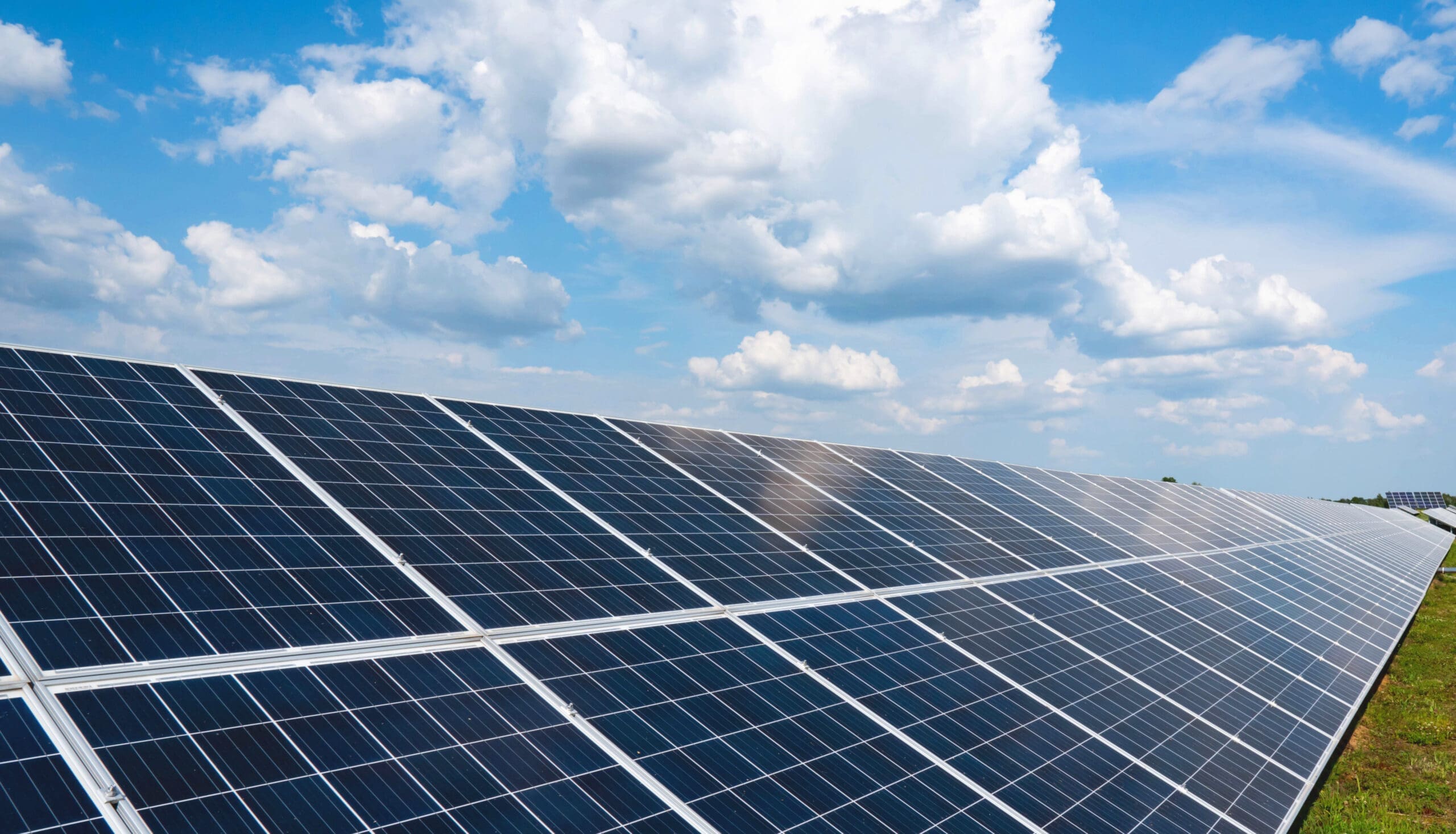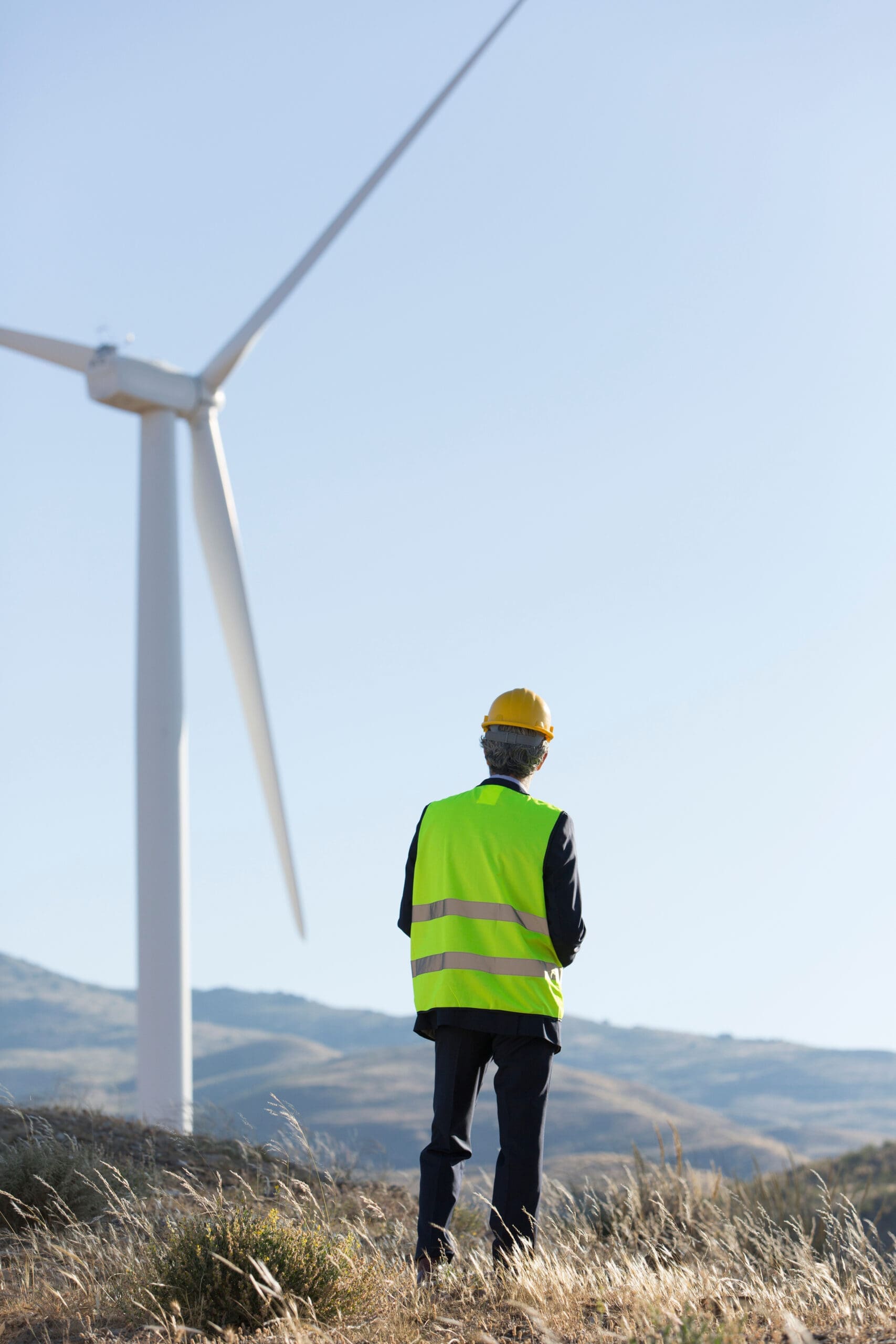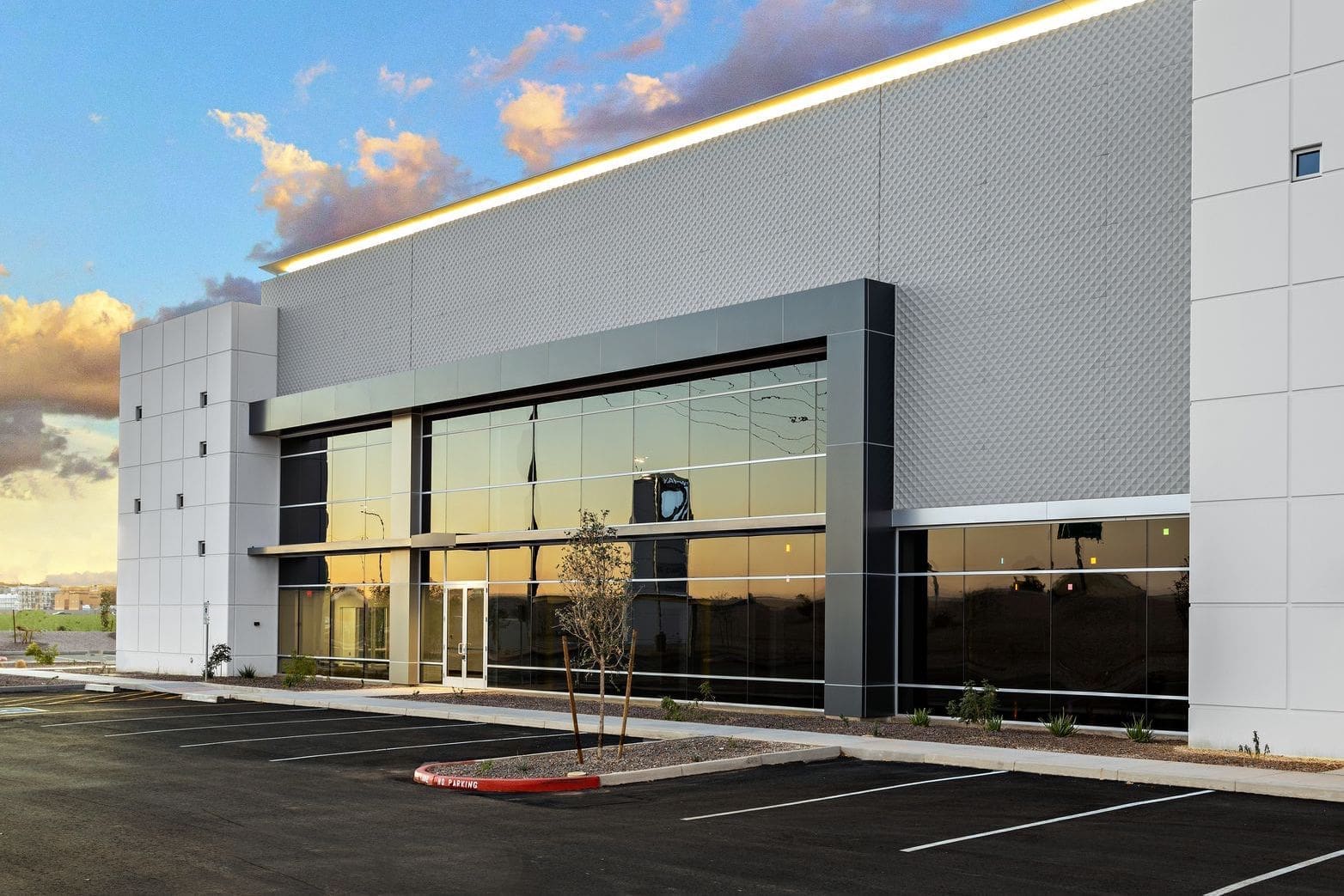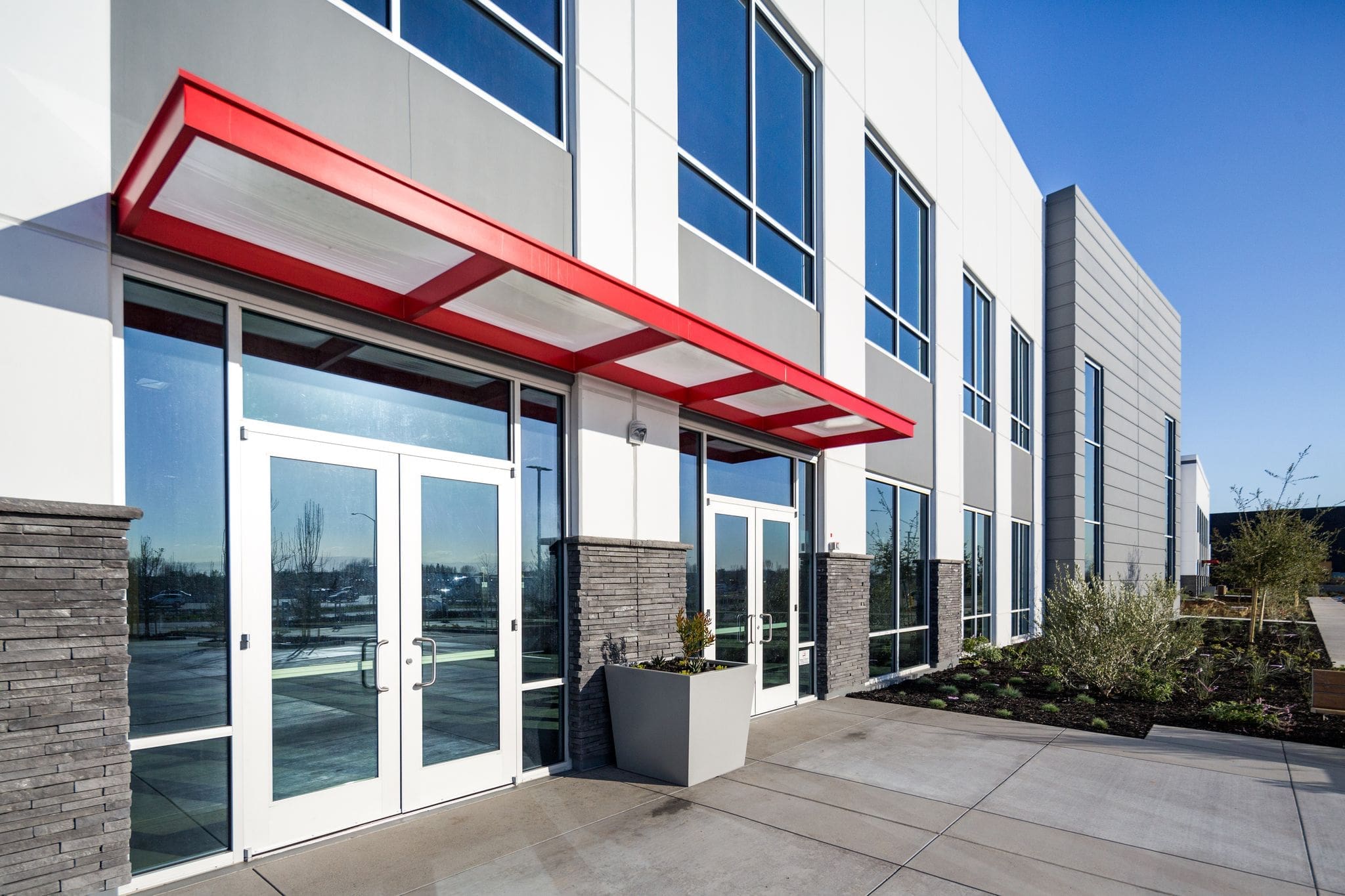Environmental
Rehabilitation, Repositioning and Renewal
Creating Functional and Sustainable Buildings
Our environmental plans center around the active repositioning of older buildings as we seek to reduce the impact of facilities in our existing portfolio. We understand the value of wholeheartedly committing to embracing green building practices in our daily processes, and we have set ambitious operational goals for the future of our firm.
Furthermore, we are implementing measurable benchmarking systems for data collection and analysis, actively working to build an extensive rooftop solar program, and pursuing certifications for new development projects. We are coupling regular assessments and reporting on our current properties with carefully developed ESG investment criteria for future decisions as we seek to build out a wholly sustainably positioned portfolio.
Since 2020, we have installed LED lighting in 48% of the portfolio reducing energy usage by approximately 11%. In total, the portfolio has LED lighting in 69% of our assets.
Our client-focused initiatives work alongside those for our tenants, as we pride ourselves on being a valuable partner to all of our constituents. We aim to provide sustainable, efficient, and functional assets in locations that benefit both client and community needs.
Furthermore, we are implementing measurable benchmarking systems for data collection and analysis, actively working to build an extensive rooftop solar program, and pursuing certifications for new development projects. We are coupling regular assessments and reporting on our current properties with carefully developed ESG investment criteria for future decisions as we seek to build out a wholly sustainably positioned portfolio.
Since 2020, we have installed LED lighting in 48% of the portfolio reducing energy usage by approximately 11%. In total, the portfolio has LED lighting in 69% of our assets.
Our client-focused initiatives work alongside those for our tenants, as we pride ourselves on being a valuable partner to all of our constituents. We aim to provide sustainable, efficient, and functional assets in locations that benefit both client and community needs.
Progress: Environmental Initiatives
2021 Active Reuse and Rehab
2021 Goals
Reusing and repurposing aging facilities to reduce obsolenscense and deferred maintenance, reduce waste and extend lifespan.
2022 Active Reuse and Rehab
2022 Progress
Performed sustainability improvements to existing properties and acquired existing buildings that required capital improvements to improve building standards and sustainability. Installed LED lighting, low flow water fixtures, and drought-tolerant landscaping.
2023 Active Reuse and Rehab
2023 Targets
Assess further sustainability improvements through data collection, property audits, and energy/water/waste/greenhouse gas emission reduction goals.
2021 Property Data Collection
2021 Goals
Commencing the collection of property utility data for benchmarking.
2022 Property Data Collection
2022 Progress
Gathered data on tenants energy, water, and waste usage. Inputted data into data repository Measurabl. Self-reported to GRESB to benchmark against industry.
2023 Property Data Collection
2023 Targets
Establish baseline building data in order to set goals for energy reduction.
2021 Solar
2021 Goals
Implementing first rooftop solar project.
2022 Solar
2022 Progress
Assessing solar providers and options for implementing solar project.
2023 Solar
2023 Targets
Implement at least one rooftop solar project.
2021 Sustainable Development Practices
2021 Goals
Performing improvements to existing buildings and developing new buildings with improved environmental approaches.
2022 Sustainable Development Practices
2022 Progress
Ensuring environmental impacts are mitigated, and sensitive habitats are properly monitored and assessed prior to development.
2023 Sustainable Development Practices
2023 Targets
Certifications for existing buildings and new development projects.
2021 Climate-Related Risks
2021 Goals
Mitigating risks from climate change, natural disastors, and man-made impacts.
2022 Climate-Related Risks
2022 Progress
Routinely assessed fire, earthquake, flood, air quality, and other environmental risk factors as part of our acquisition and operational strategies and implement improvements.
2023 Climate-Related Risks
2023 Targets
Conduct property audits on building resiliency and climate risks during acquisition due diligence.
Environmental
Property-Focused Initiatives
Active Reuse & Rehabilitation
Tracking Building Utility Data
Benchmarking GRESB
Reducing Water/Energy Usage
Focus on Safety & Maintenance
Smart Energy & Water Metering
Asset Resiliency & Mitigating Risks
Direct Community Investment
Environmental








